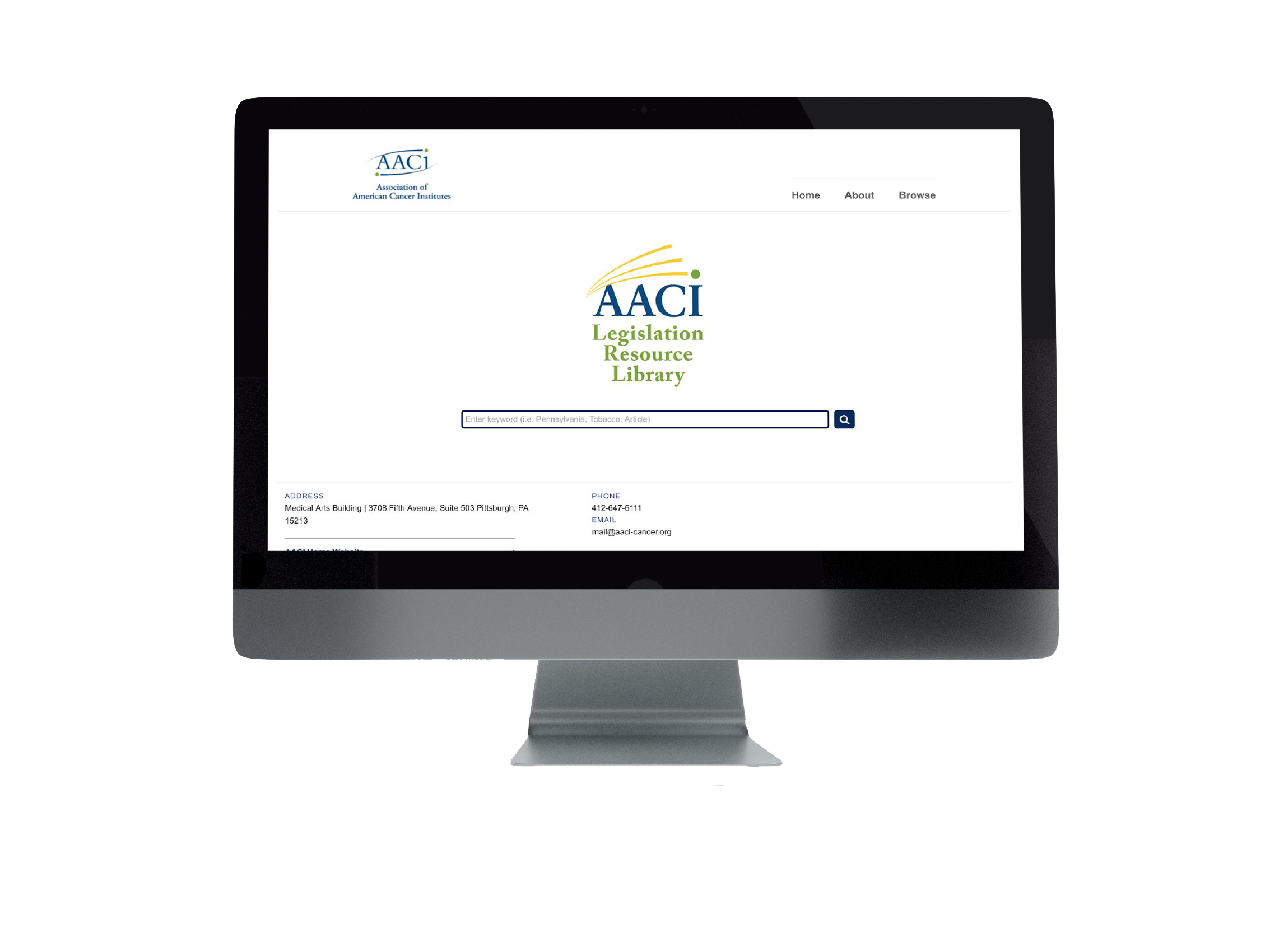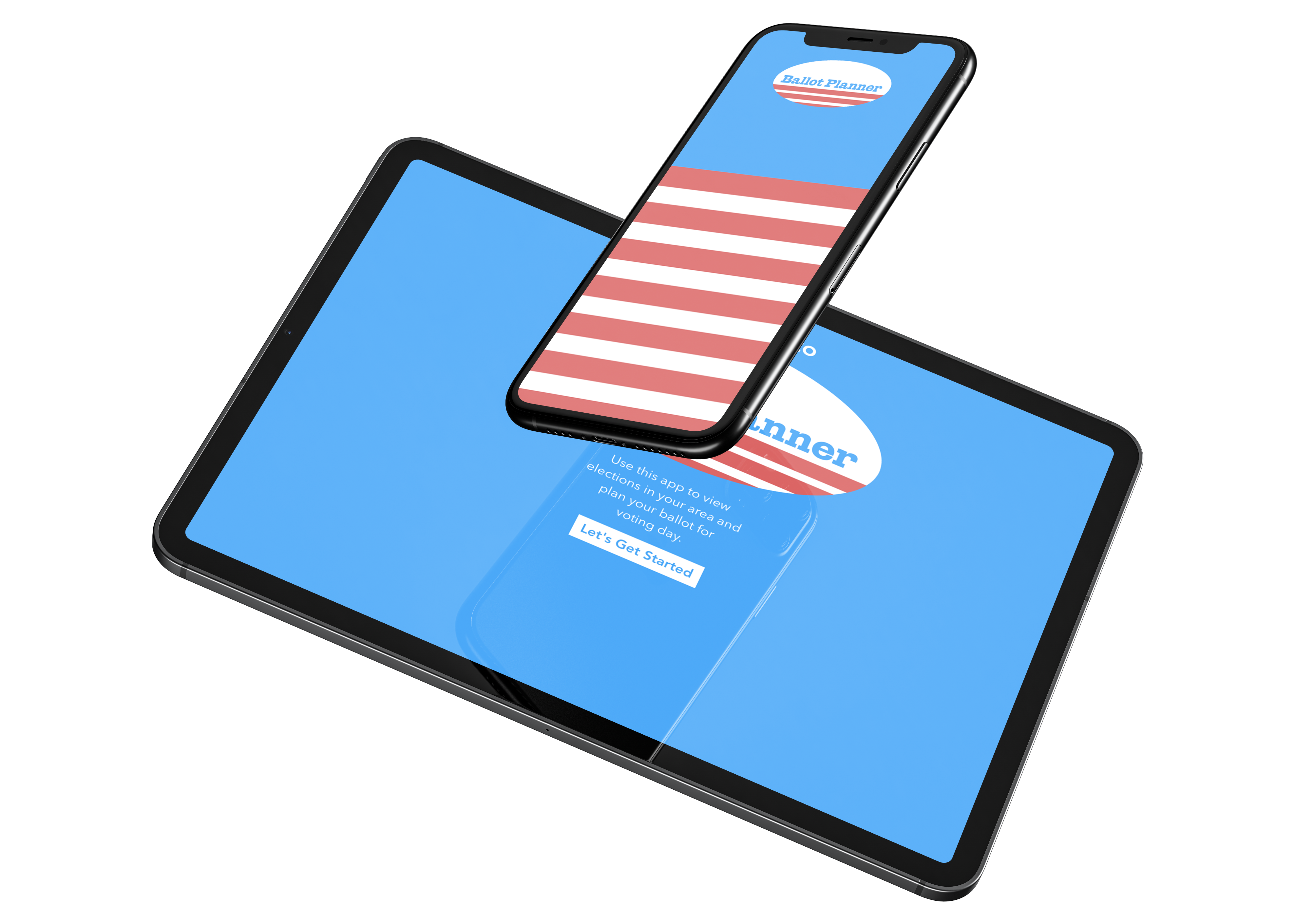
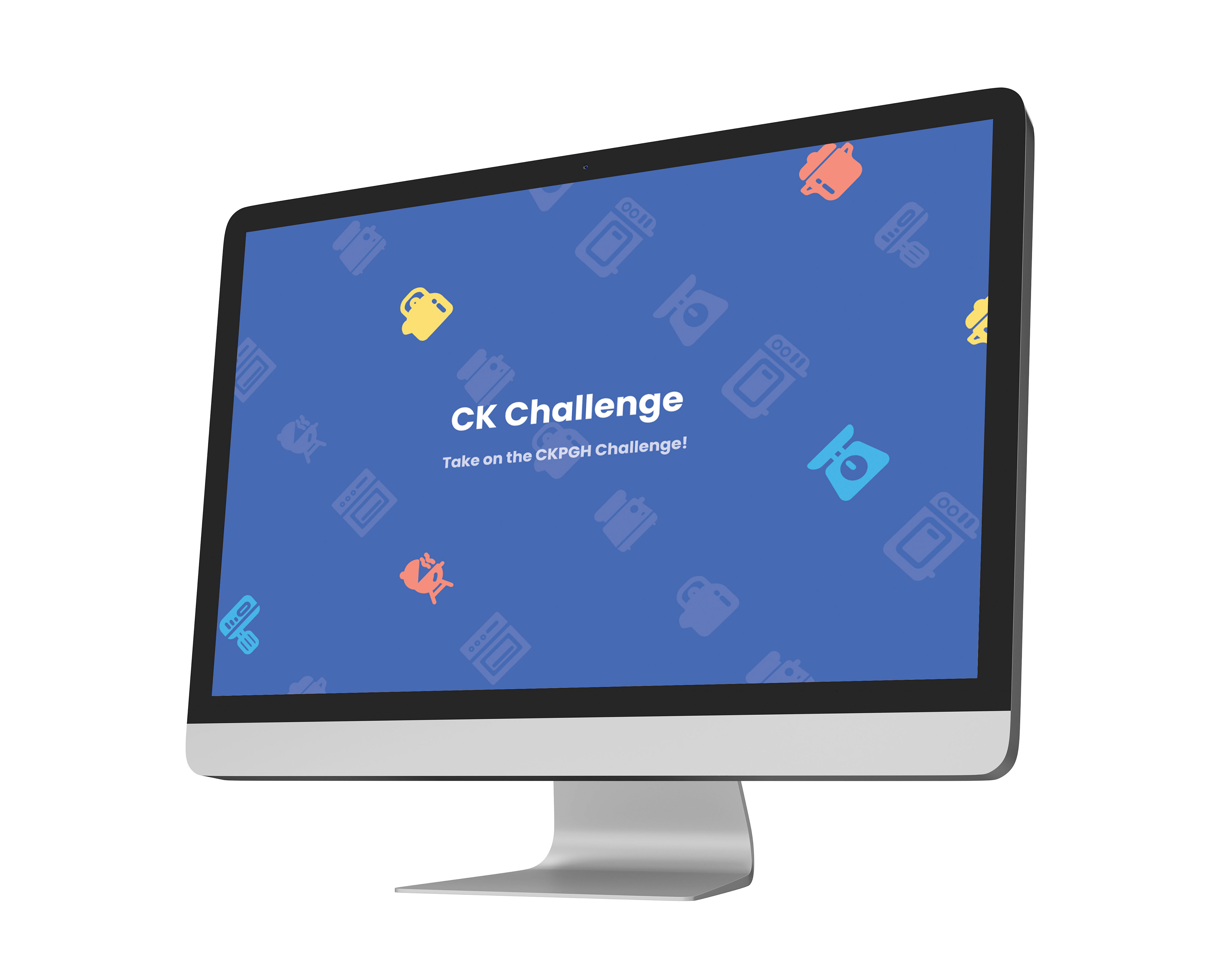
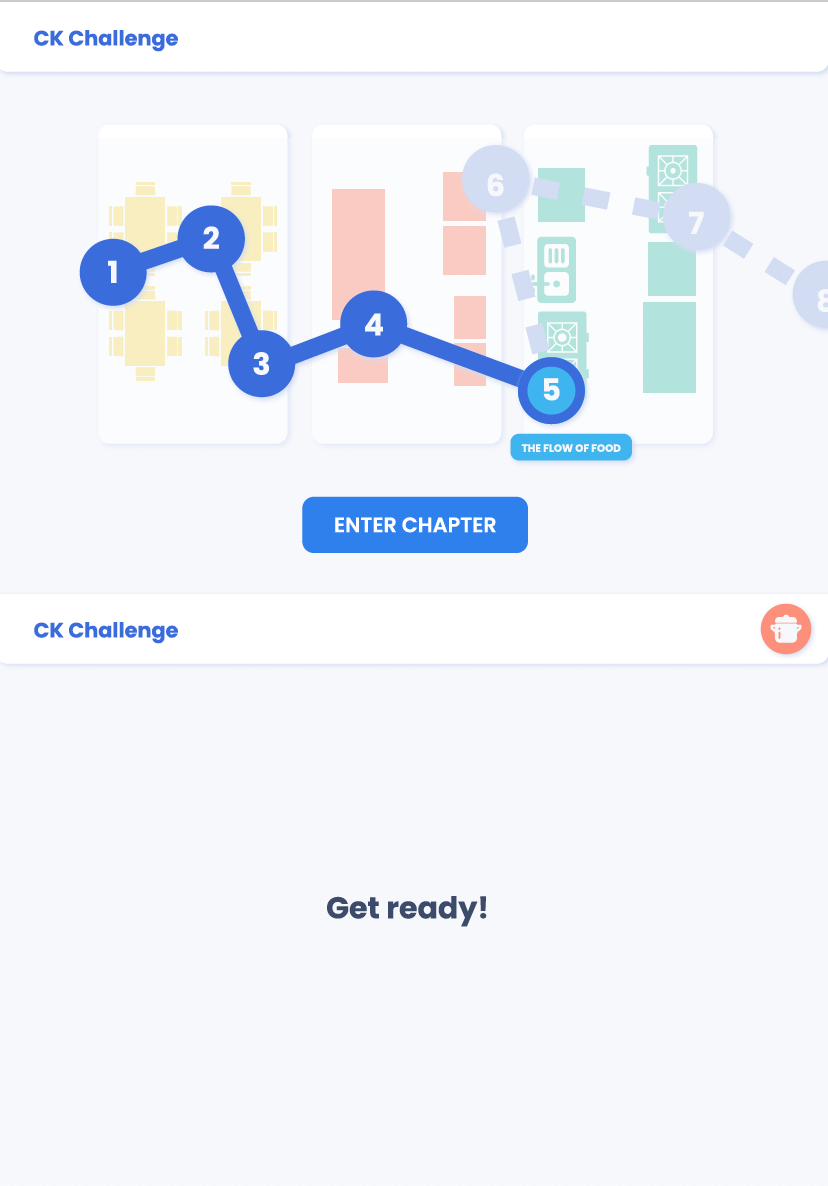
For the CMU HCI Capstone, we were placed in groups and assigned a client to work with for the semester. We had a great time working with Community Kitchen Pittsburgh (CKPGH) , which gives people an opportunity to transform their lives and get a job in the food industry. We navigated through obstacles like weather, time, and the initial shutdowns from COVID-19 to produce an end-to-end prototype that teaches the curriculum about food safety in a fun way.
Intro
CKPGH caters meals for people all around Pittsburgh, from universities to parties and so on. The students make these meals. CKPGH has trained 270+ students (as of Spring 2020) whom may have started in a state of homelessness, or recent incarceration, to become members of the restaurant industry. The students are split into 3 tiers, with tier 1 as the lowest level and 3 as the highest. Each tier has their own responsibilities.te student’s education is to learn about ServSafe guidelines, which has an exam
So where does the HCI team come in? Well a portion of the course is to learn about food safety. After learning about it, the students have the option to take an exam to receive a certification. This certification could help students get higher starting positions and salaries. This course should only take a few weeks to learn, but in reality most students take it at the end of the 12 weeks and not enough students even decide to take it. CKPGH wants every student to succeed, and needs a way to get the test taking rate higher and faster. That’s where we came in
Research
In our client kickoff, our contact, Darryl, mentioned that CKPGH was thinking of having a mobile app for students to use, but was open to more discovery and research on our end to find the best type of solution. After our client kickoff meeting, our team created a research plan that subsisted of the following techniques:
Domain Research
Ethnography of classroom
Semi-structured Interviews
Think Alouds
Affinitization
In this way, we could gather information in a variety different ways.
Domain Research
We were able to map out the stakeholders and see how everyone is connected to get a better sense of the organization. The main characters for us looked to be the students and the chef trainers (the teachers)
We also did a competitive analysis too see what games would be helpful from a teaching or cooking perspective.Cooking Mama and Simcoach came to mind and further analysis was done.
We also talked to several HCI faculty, including Jessica Hammer and Erik Harpstead and our advisor, VIncent Aleven. This is where we found out about transformational game design nclude and read about the principles of game design. The most important finding in my opinion was how the goal of the game should align with how a game is scored. All in all our team was armed with a wide range of knowledge as we headed into more specific research.
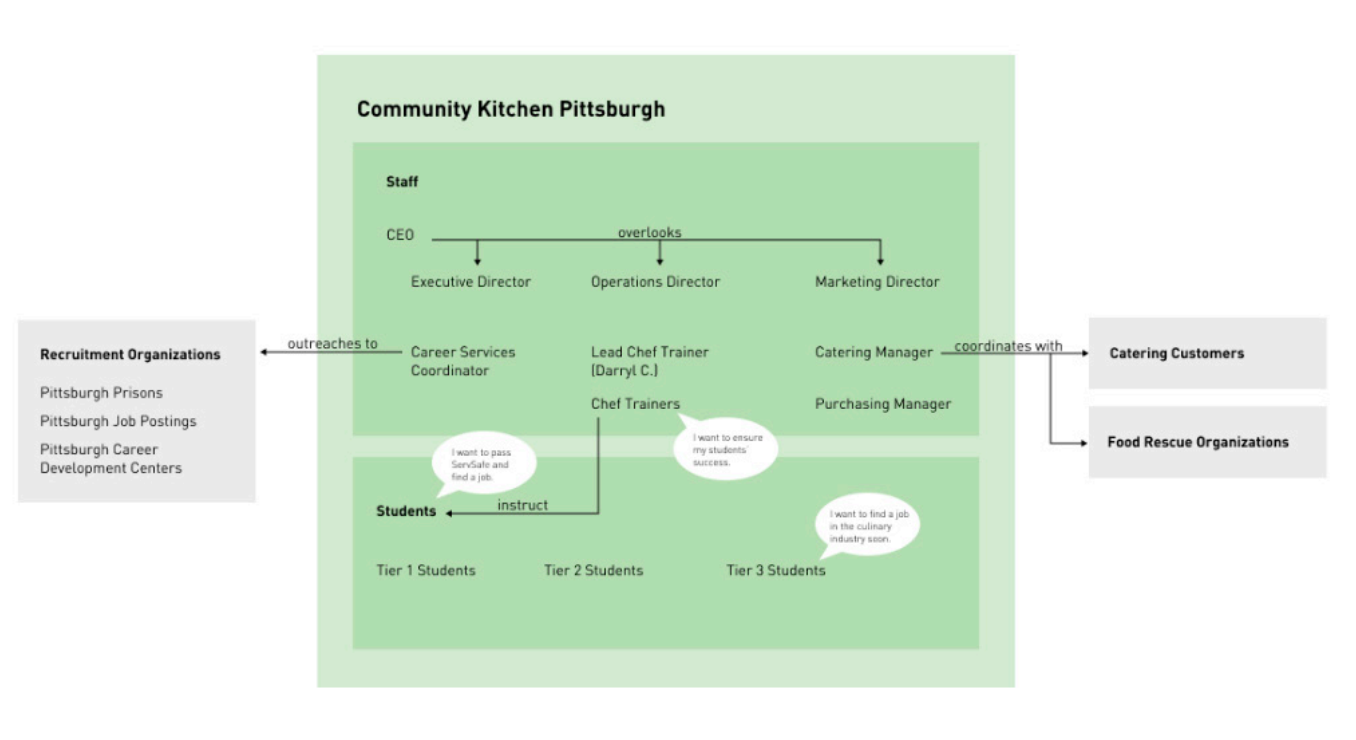

Ethnography
Our team sat in a session with Tier 1 students to observe what goes in class, and capture everything we could about the environment. These observations were later used to help affinitize data.
Interviews
We were able to interview several students and instructors to get their perspective on everything. I personally talked to several students a learned quite a lot! Again, this information was used for affinitization, but it also allowed me to create journey maps and personas with the data we had gained so far. We could already see pain points starting to merge.
Insights
By taking key information form the interviews and ethnography, our team affinitized data to discover some main insights.
1. A lot of learning happens in the kitchen, as opposed to a classroom.
2. Students may have trouble learning content in a classroom setting.
3. While some students can study at home, many do not have time (second jobs) or a place to study (group homes) outside of CKPGH .
4. Students at CKPGH have a lot of going on outside of the kitchen.
The first few insights helped us to get a start on our initial prototypes
Lo-Fi
Ideation
To get our ideas out, I helped lead a design thinking session where we did a cost/feasibility matrix with any and all ideas and a To Be and As Is to see what we wanted the ideal state of our final solution to be.
Storyboarding
Concept 1: In Class
This idea focused on utilizing the classroom environment, including the projector and instructor to provide a hybrid model of instruction in person as well as digital. Important elements include the instructor guiding students through the digital activity.
Concept 2: On Break
This concept centered around students working together during break with a more physical product that could be seen, like a board game with an incorporation of a mobile phone. This was an exploration into something less digital but more human for interactions.
Concept 3: Out of Class
This idea was thought to be a mobile game that could be played in short spurts when students were sitting in a bus or had some free time.
Testing
To test this we first described the storyboard experience that we wanted to create with each prototype and asked students their thoughts on the storyboard. We gained feedback including how realistic the storyboard was with their current process, how the process would fit into their existing study habits, and how much time they currently spent studying materials. After establishing the students’ basic knowledge of the concept (out of class, during break, in class), we showed the students the prototype of the educational game. We asked the students for their opinions on entire screens, the flow of the screens, and specific details that differed between each concept. From these studies, we found key insights to guide our future design.
Insights
1. Accessibility of content is a feature we should work to include in our design. Students mentioned that the reading level of some of their classmates or themselves was not always consistent, and the game should consider different levels of comprehension when it comes to student learning.
2. Although students had varying opinions on “locking” content by chapters, so that each chapter cannot be reviewed until after it has been taught in class, most students found that unlocking the content to follow classroom content would be useful.
3. Students enjoyed the prototypes that featured individual and customizable avatars.
4. Students liked having a variety of question types in the game itself, to expand on existing multiple choice questions.
Med Fi
Covid-19
Around this time, COVID-19 had caused universities to close. On the client side, CKPGH was tasked with making emergency meals all around the city and could no longer meet with the team.
These new restrictions were daunting,but the team put their heads together to approach this project in a virtual environment
Parallel Prototyping
In this phase we took the best parts of the lofi prototypes and all created our interpretations of those features
Avatar Creation/Selection
Game Navigation: it was found that students liked visually seeing where they were in the process
Educational Content: this included simulations and games using the principles we learned
Performance Statistics: this was something for the instructor to capture data on how well students are doing
Testing
Since we were unable to access students at Community Kitchen, we decided to test on peers who were other college students. We tested our screens on 10 users
We conducted our sessions over Zoom, and asked each test user to share their screen with us so we could observe their mouse clicks and screen changes as they navigated the game.
Insights
1. Flow
2. Score Feedback
3. Collaboration
4. Word Choice
Hi Fi
Style Guide Creation
To assist in the visual design, we created a mood board, and decided on branding guidelines.

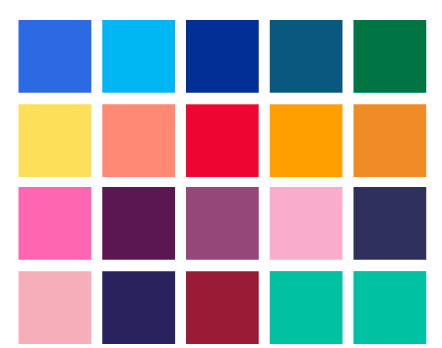
Final Design
Reflection
This project opened my eyes to a world that I never seen before. The students and Instructors we met were kind and engaging as we went through this project. Watching the students work so hard was inspiring and helped us push through to deliver a high quality product. It was unfortunate it couldn't be completed in person, but our team learned a lot nonetheless. Shout out to Mahima, Yoongyoung, Lindsey, and Candia, Darryl, and CMU HCI for an great opportunity!


